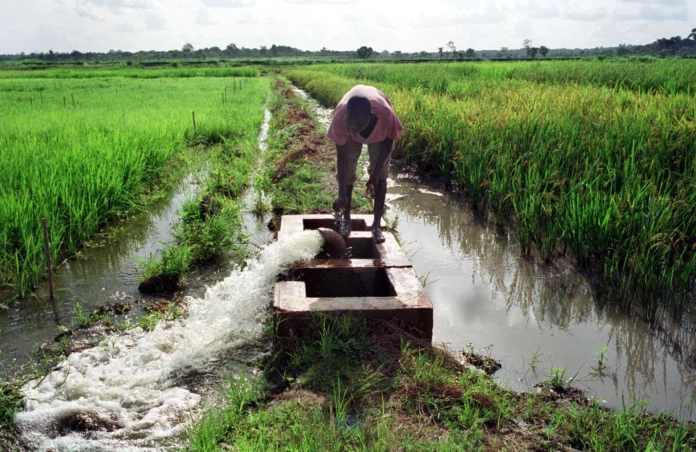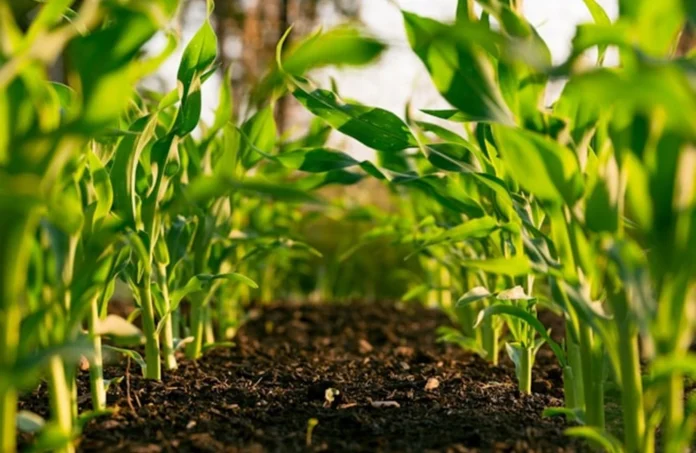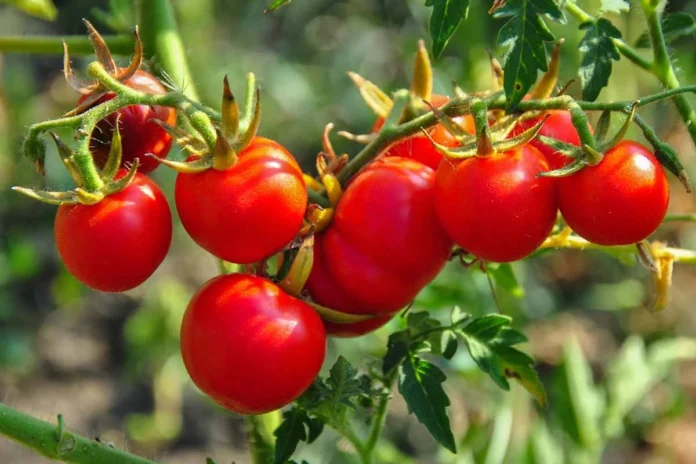South Africa’s Citrus Industry Ends 2025 European Export Season on a High Note
Johannesburg – South Africa’s citrus industry has officially drawn the curtain on its 2025 export season to Europe, following a joint announcement from the Citrus Growers’ Association of South Africa (CGA) and the Fresh Produce Exporters’ Forum (FPEF). The early closure, scheduled for 20 September, is being presented as a goodwill gesture to European citrus producers, particularly in Spain, as the Northern Hemisphere prepares to launch its own season.
A Season of Strong Growth
The decision comes at the end of what industry leaders describe as a remarkably successful year for South African citrus exports. According to the CGA, overall volumes are projected to exceed 192 million cartons across all citrus categories in 2025—an increase of more than 20 million cartons compared with the pre-season forecast of 171.1 million.
Several categories posted significant gains:
- Lemons rose from 32.9 million cartons to 41.1 million.
- Navel oranges climbed from 26 million to 31 million cartons.
- Mandarins grew from 44.9 million to 49.4 million cartons.
- Valencia oranges, a cornerstone of the export program, increased from 52 million to 55.5 million cartons.
Only grapefruit volumes fell slightly short of initial estimates.
“This has been an exceptional season in terms of demand, with markets around the world showing a strong appetite for South African citrus,” the CGA said in its statement.
Balancing Market Relations
The closure of exports to Europe specifically affects Valencia oranges sourced from regions where Citrus Black Spot (CBS) disease is present. The final day for inspection and certification of these shipments will be Saturday, 20 September.
However, exports from the Western and Northern Cape—recognized as CBS-free—will continue for a limited period, particularly for mandarins, which are still in supply.
CGA and FPEF emphasized that the measure ensures smooth market transition: “By drawing the season to a close now, we allow Northern Hemisphere producers to respond to market demand while ensuring that existing consignments from South Africa reach their destinations on time.”
The industry also underscored that the move reflects growing cooperation with European citrus producers, especially Spain, which has historically expressed concerns about South African citrus imports overlapping with its own harvest.
Global Trade Pressures
The end of the European season comes against a backdrop of shifting global trade dynamics for South African citrus growers. Earlier this year, the United States imposed 30 percent tariffs on South African citrus imports, forcing an early halt to shipments destined for that market.
Despite these headwinds, growers found strong alternative demand elsewhere. Asia, the Middle East, and Russia continued to absorb significant volumes, helping offset the impact of U.S. tariffs.
“The resilience of our growers and the diversity of our markets have been key to this season’s success,” said FPEF representatives. “We have seen record shipments into Europe, despite regulatory challenges, and continued growth in other regions.”
Logistical and Market Considerations
The early closure date also gives South African growers one week to complete their final packing processes. Floating consignments already en route to Europe will continue to arrive throughout October, aligning with the natural end of the season.
Industry leaders highlight that this scheduling prevents a glut of supply and maintains healthy prices for growers on both sides of the equator. It also helps preserve long-term trade relationships with European partners by acknowledging their domestic production cycle.
Looking Ahead
While the 2025 season is winding down, the strong performance offers optimism for the future of South Africa’s citrus sector. The CGA projects continued expansion in key categories, particularly mandarins and lemons, which have seen robust growth in global demand.
At the same time, trade negotiations and phytosanitary challenges remain high on the agenda. The CBS issue, ongoing debates about cold treatment protocols, and tariff regimes in markets such as the U.S. will continue to shape strategies in the coming years.
Nonetheless, industry representatives believe that the 2025 campaign has reinforced South Africa’s reputation as a reliable supplier of high-quality citrus.
“Consumers worldwide, including in Europe, have shown an exceptional appetite for South African citrus,” the CGA said. “This season demonstrates the resilience of our growers and the continued relevance of South Africa as a global citrus powerhouse.”












